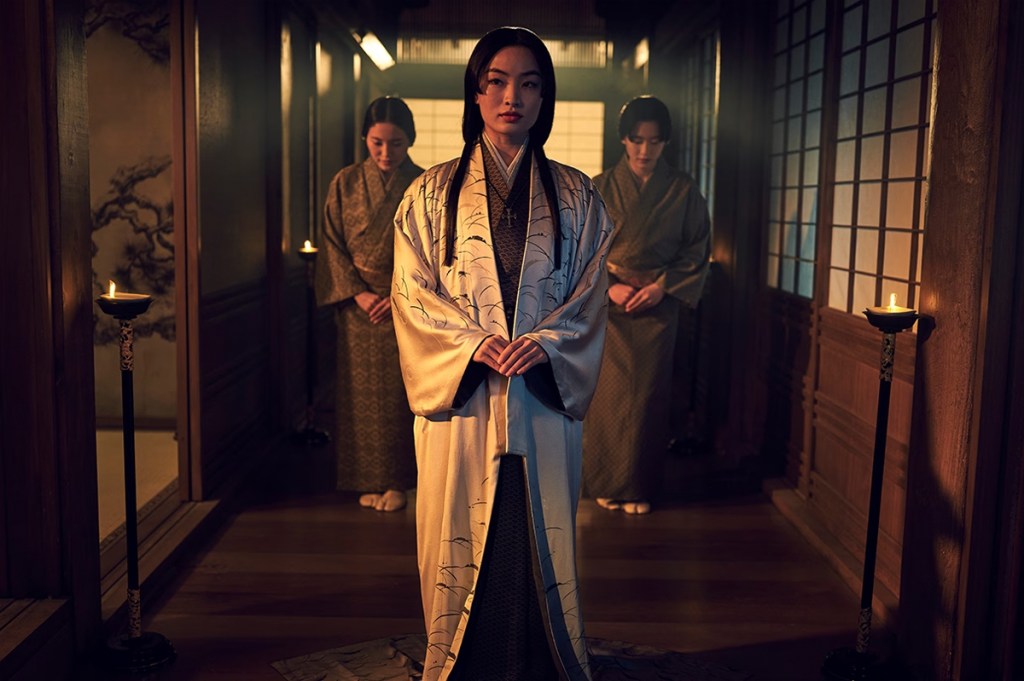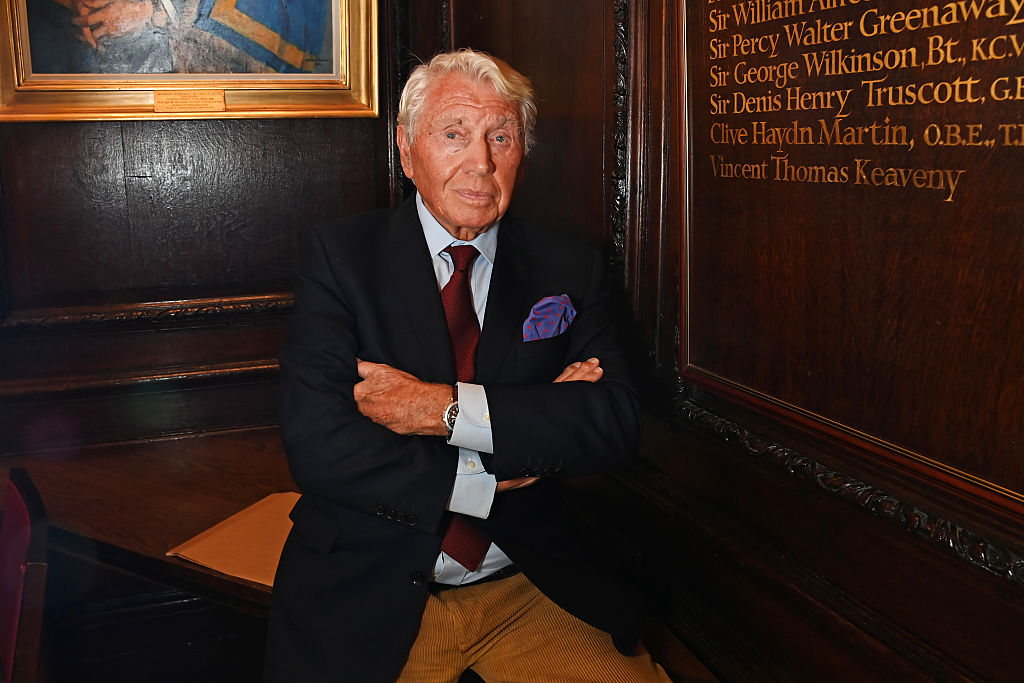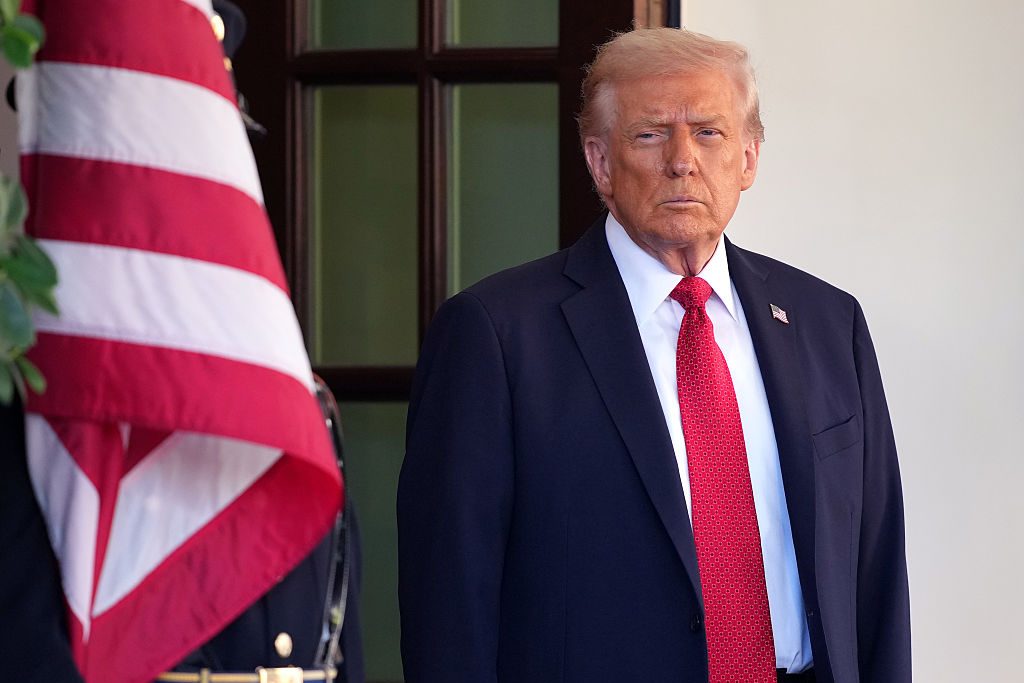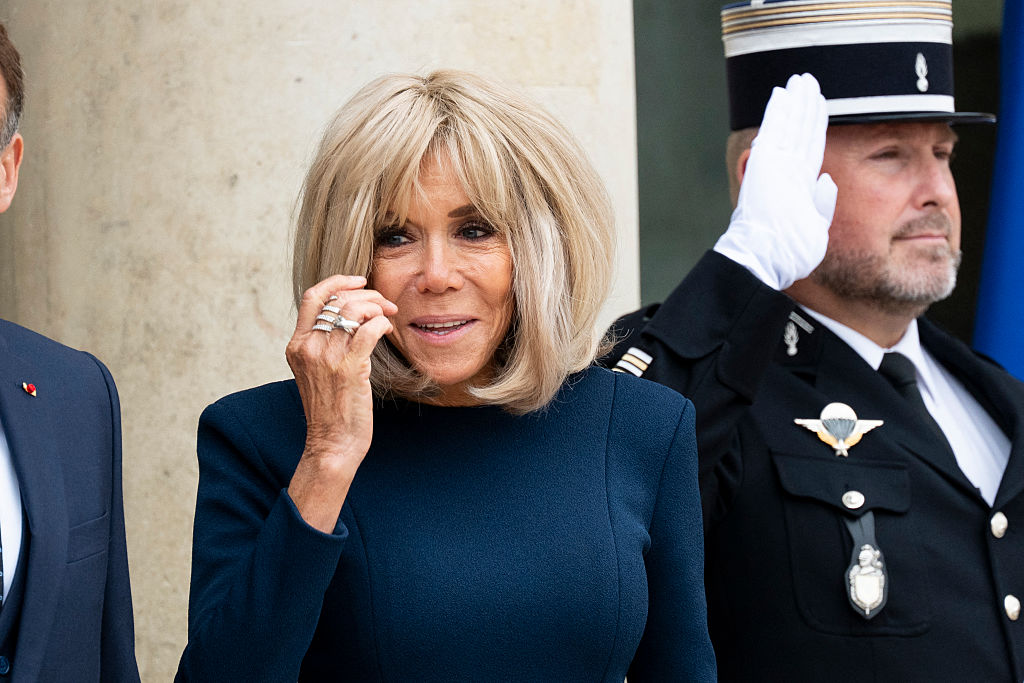Live long enough and everything you love will be remade by Hollywood. If you vaguely remember some film or show from your childhood, expect a grey-suited producer to rip it from the vault, spruce it up for “modern audiences” and shove it onto multiplex screens or one of the endless streaming services, where it’s likely never be seen and instantly forgot. There have been four modern Predator remakes.
When it was announced in 2018 that FX would be adapting Shōgun, the epic bestselling 1975 novel of medieval Japan by James Clavell, I heard myself audibly groaning. The 1980 mini-series starring Richard Chamberlain and Toshiro Mifune was already a stone-cold classic. It was a groundbreaking show that introduced an entire generation of American viewers to Japanese culture and pushed the boundaries for what was possible on television at the time. What could a remake possibly add to the conversation?
My worries deepened even further when a year later production on the show had been postponed indefinitely because the network was dissatisfied with its current quality. In 2020, the original scripts were scrapped completely and restarted from scratch, suggesting that things were in trouble behind the scenes. Shooting did not start until late 2021 and went overschedule, while it was later revealed that the series was not even filmed in Japan. When FX also announced that their Shōgun would not be a “whitewashed version” of the story, I braced myself for overbearing “woke” writing so common in television and film these days.
Yet against all odds, the 2024 Shōgun series is neither “woke” nor an expensive disaster. While you may have quibbles with how it takes on James Clavell’s source material in certain aspects, it ended up being not just a generally respectful adaptation, but also innovative in exploring themes not present in the original novel or 1980s show.
Shōgun is loosely based on the real-life exploits of William Adams, an English sailor who arrived in Japan at the turn of the seventeenth century when the country was in its divisive warring states period. While the Catholic Portuguese had already made contact with Japan in the mid-1500s, the arrival of Adams and his Dutch crew as Protestants made the Tokugawa shogunate aware of Europe’s religious wars and territorial ambitions. Adams eventually became a personal advisor to shōgun Tokugawa Ieyasu and was influential in fostering anti-Catholic sentiment among the leadership.
These are the historical facts which serve as the basis for Shōgun, with John Blackthorne played by Cosmo Jarvis serving as an analog to William Adams and Lord Yoshii Toranaga played by Hiroyuki Sanada (who also serves as series producer) being Tokugawa Ieyasu in all but name. The third main player is Toda Mariko, Toranaga’s interpreter and later love interest for Blackthorne, though her historical counterpart Hosokawa Gracia never actually met Adams. Mariko proves to be a breakout role for New Zealand-born Japanese actress Anna Sawai, smoothly acting in English and Japanese throughout the series with grace and class.
Language proves to be one of the most compelling themes throughout Shōgun, both in a literal and narrative sense. The original 1980 series was famous for having large portions broadcast in unsubtitled Japanese, with the intention being to put the monolingual American audience in the perspective of Blackthorne. The 2024 series, however, is far more focused on the Japanese perspective, which made subtitles necessary. This is demonstrative of a greater trend in recent years to release premiere television series like Pachinko and The Sympathizer with characters speaking in their native languages instead of dubbing everything in English.
The result of this with Shōgun is a show that’s probably 90 percent in Japanese. According to the show’s official podcast, the scripts were first written in English and then translated into Japanese by native speakers. The Japanese lines were then sent to a specialist familiar with the series’ seventeenth-century dialect and further rewritten. This dialogue was then re-translated back into English subtitles, leading to poetic writing that is unlike anything else I’ve seen in a modern television series or film.
But there is naturally a limit to how far linguistic authenticity can go. William Adams was a polyglot fluent in Japanese, Portuguese and Dutch in addition to his native English. He communicated in Dutch with his crew and in Portuguese with the Jesuits in Japan, but Shōgun renders all of this in English similar to how the 1990 film adaptation of The Hunt for Red October handled its Russian-speaking characters. This is an understandable creative choice, as it would have been difficult to find suitable actors capable of performing in all of these languages.
Unlike the novel and 1980s series though, Shōgun is far more focused on the Japanese side of things to the point where the Western characters feel like an afterthought compared the greater machinations of Toranaga against his political rivals who all want him dead. Throughout the series’ ten-episode run, audiences are left constantly guessing what Toranaga has planned despite seemingly suicidal moves and irrational decisions. All of this is carried by Hiroyuki Sanada’s confident no-nonsense performance, which comes as little surprise due to the actor’s long history of appearing in his country’s own costume dramas. Even for dedicated readers of the original novel like myself, there are still some poignant moments that come as a surprise due to the showrunners’ new additions which managed to feel appropriate instead of unnecessary.
The strength of Shōgun’s writing, however, is largely due to what James Clavell accomplished nearly fifty years ago. Born in Australia as the son to a British Royal Navy father in 1921, war was a major part of Clavell’s early years. After World War Two broke out, Clavell enlisted in the Royal Artillery and was later shipped off to fight in the Pacific theater. At just twenty years old, he was taken prisoner by the Japanese and spent the remainder of the war in Singapore’s Changi Prison. Yet despite the cruel treatment he and the other POWs faced, Clavell returned home with a fascination toward Japanese culture.
Early on in Shōgun, Blackthorne is sent to a brutal Japanese prison, and the scenes undoubtedly take inspiration from Clavell’s own experiences as a POW. His debut novel King Rat, which later received a faithful 1965 film adaptation directed by Bryan Forbes, was in turn directly based on his time in Changi Prison. While many of Clavell’s generation hated the Japanese and could not make sense of their wartime cruelty, the author used such cultural differences as a recurring motif throughout his series of novels known as the “Asian Saga” which both King Rat and Shōgun are part of. These stories frequently center around Western and Asian characters attempting and often failing to understand each other, which only contributes to their mutual animosity.
Another little-known fact is the subtle undercurrent of Objectivism throughout Clavell’s work. King Rat featured an American corporal whose cutthroat capitalist attitude allowed him to acquire better clothes and food than the other Allied prisoners, making him both an object of envy and scorn. It comes as amusing irony that despite Japan’s traditionally collectivist culture and Hollywood’s dislike of right-wing politics, both Blackthorne and Toranaga in Shōgun too are Objectivist characters. The two men are written as parallels to one another, being shrewd individualists who use logic and reason to turn the seemingly impossible circumstances around them in their favor.
Clavell’s Objectivism also extended to his disdain of organized religion. In King Rat, the protagonist Peter Marlow (loosely based on Clavell himself) lashes out at the POW camp’s chaplain, dismissing notions of God and faith amid the desolate conditions around them. In 1970, Clavell directed and wrote the screenplay to The Last Valley, a criminally overlooked historical drama about Europe’s Thirty Years’ War. The mercenary protagonist played by Michael Caine notes the absurdity of the rivalry between Catholics and Protestants, being disgusted by the pointless bloodshed committed by pious hypocrites. Shōgun, which takes place during roughly the same era, explores similar territory in depicting the Portuguese Jesuits as malicious invaders who wish to exploit Japan for their own gain.
All of these rich themes could have been wasted if put in the hands of bad showrunners, but the team behind Shōgun’s script largely seem to understand the material. Most character names have been slightly changed to be more period-accurate, while Hiroyuki Sanada’s role as producer means that costume and interior room details are utterly immaculate. It’s a common misconception that the original 1980 Shōgun series was poorly received in Japan due to Akira Kurosawa’s unsubtle criticism of it, but this was largely just due to his falling out with Toshiro Mifune at the time. In reality, Shōgun always had an appreciative audience on the other side of the Pacific. The updated series, however, is resonating even more with Japanese viewers due to its push for authenticity and noted figures like Hideo Kojima are showering it with praise.
With that said, there are a few things that bothered me as a long-time purist. While the show generally looks good, my biggest issue is with its lighting. 2024 Shōgun frustratingly adheres to this modern trend of movies and television series sticking to extremely dark color palettes that make what’s happening on screen nearly impossible to make out. You might as well give up on watching Shōgun during the day because all you see during its evening scenes is your own face reflected on a near pitch-black television. A comparison video on YouTube shows how the 1980 Shōgun series instead featured bright, warm colors. To all showrunners reading: the past was not a drab and washed-out place!
There’s also the show’s heavy reliance on wide angle camera lenses, resulting in the top and bottom of the frame being distractingly blurred, while the background is often out of focus. This doesn’t affect every moment of the show, but at times these odd creative choices make it feel like Shōgun’s massive budget (the most expensive in FX history) is being wasted. And the series wasn’t actually filmed in Japan. Most scenes are shot indoors on lavishly beautiful sets, but when the action moves outdoors, it becomes very obvious that Vancouver is no substitute for the Land of the Rising Sun.
By the time Shōgun reaches its seventh episode, the series begins to diverge from the novel in considerable ways. With the book being well over 1,000 pages long, many of its subplots and supporting characters either don’t make the cut or are significantly reduced. A notable change is Blackthorne and Mariko’s romance receiving far less attention. It still exists, but we are only given hints of their attraction for one another whereas it was a central theme of the previous series. Based on comments from the showrunners, it seems the idea was to depict Mariko as an independent woman, but I don’t think having more tender scenes would have diminished from that.
Some viewers may also be disappointed that Shōgun’s final episode largely keeps the climactic Battle of Sekigahara off-screen, but James Clavell handled the event in the same way with him preferring to explore the psychological and emotional state of his characters. An interesting scene not in the novel shows Blackthorne peering into an alternate future via a hallucination that he ends up as a lonely elderly man decades later on his deathbed back in England, but this ultimately does not happen. Like the real William Adams, the viewer is told that Blackthorne’s destiny is to never leave the islands of Japan and his role is to assist Toranaga’s ambitions.
While this may seem like ripe material for a Season 2, Clavell never got that far and instead chose to explore different time periods with his Asian Saga. There is now great potential for FX to give his novels like Tai-Pan and Gai-Jin the big-budget television drama adaptations they never received back in the day. Shōgun arrives as an unexpectedly welcome beacon amid a sea of mediocre content drowning streaming services, but there is still plenty left in James Clavell’s world left to explore.






















Leave a Reply